The world is bustling, all for profit; the world is in turmoil, all for profit! Hello everyone, I am your friend Lao Cui talking about coins, focusing on digital currency market analysis, striving to convey the most valuable market information to the vast number of coin friends. Welcome to all coin friends' attention and likes, and reject any market smoke bombs!
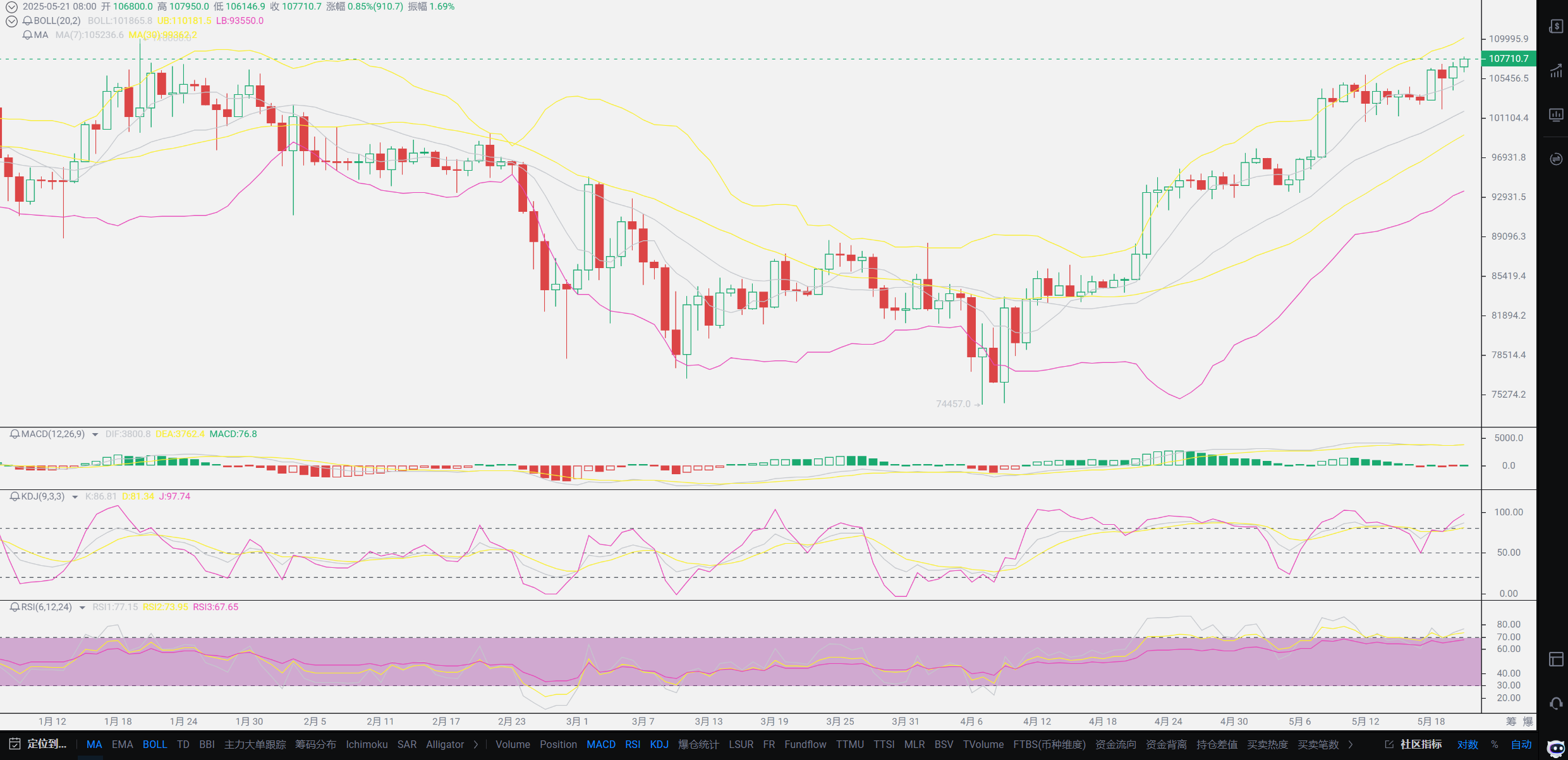
The entry of traditional finance: is it value certification or a bubble catalyst? In 2023, Wall Street giant BlackRock's Bitcoin spot ETF was approved, marking the official entry of traditional financial institutions into the crypto market. This event has sparked intense controversy: the divergence in Bitcoin's 2025 price predictions essentially reflects a rift in the understanding of its asset attributes—whether it is a "digital gold" value storage tool or a speculative target manipulated by capital. This is worth our deep reflection. Lao Cui has already analyzed the value of Bitcoin in detail in previous articles, especially the occurrence of this key milestone of listing, which has led to an influx of traditional financial capital into the crypto space, increasing attention and recognition, resulting in higher Bitcoin prices. Currently, it is less than three thousand points away from a new high, and as it approaches this new high, it raises our reflections on the core contradictions between its gold concept and traditional finance.
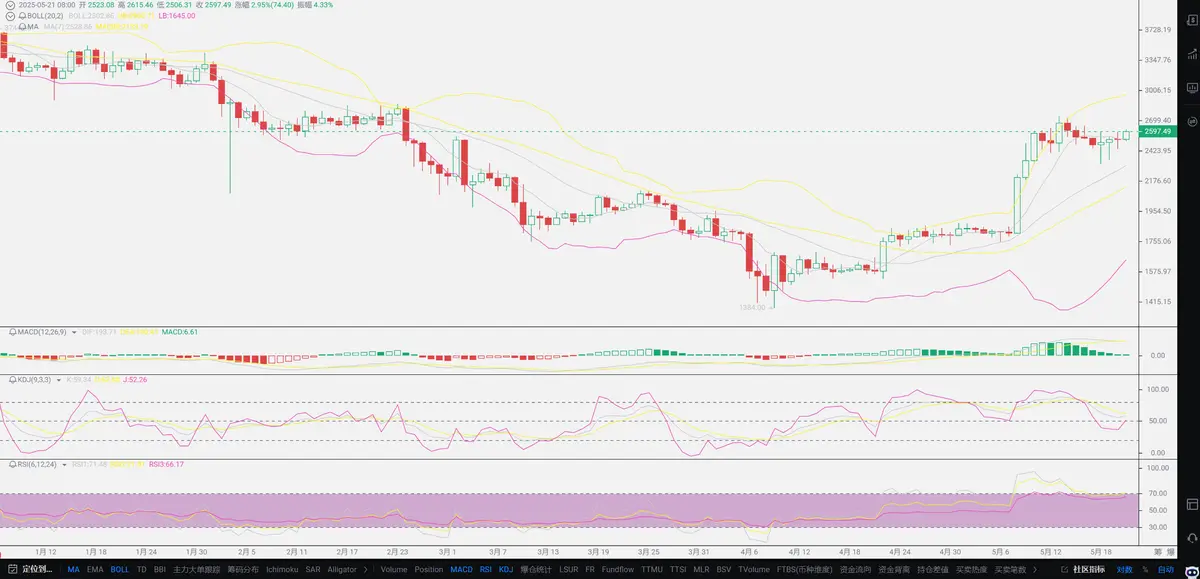
- The rift in value investment logic: Consensus vs. Bubble (Academic perspective: Conflict between core elements of value investment and Bitcoin characteristics) Traditional value investment emphasizes cash flow, intrinsic value, and margin of safety, but Bitcoin neither generates interest nor has physical asset backing. Supporters argue that its scarcity (a cap of 21 million coins) and censorship resistance form a new consensus of "digital gold." On-chain data shows that addresses holding coins for over a year account for 68% (Glassnode, 2024), suggesting that long-term holders are still accumulating. However, opponents point out that Bitcoin's price volatility is five times that of gold (Fidelity report), and 70% of trading volume is concentrated in the derivatives market. "A value storage tool should not rely on futures leverage," this cognitive conflict has become the core focus of the long and short game. It can be said that the underlying logic of traditional finance cannot operate at all in the Bitcoin market, which is the significance of Bitcoin's birth. Let us not forget that all financial crises stem from the operation of traditional capital markets, and Bitcoin was born to avoid inflation and the financial crisis cycle of capitalism. If we measure the crypto space from a traditional financial perspective, then this circle will be worthless; if we measure it from a developmental perspective, the future of this circle will be infinitely vast. If Bitcoin succeeds in the future, the historical significance of this stage will be the same as the text of the book and the tracks of the vehicle. A unified world currency may not be Bitcoin, but so far, the best concept is Bitcoin. This is also the core value contradiction between traditional finance and future currency! How to resolve this is not something we can consider; what we can do is to catch up with the historical tide, recognize its value and invest, or turn away if we do not recognize it!
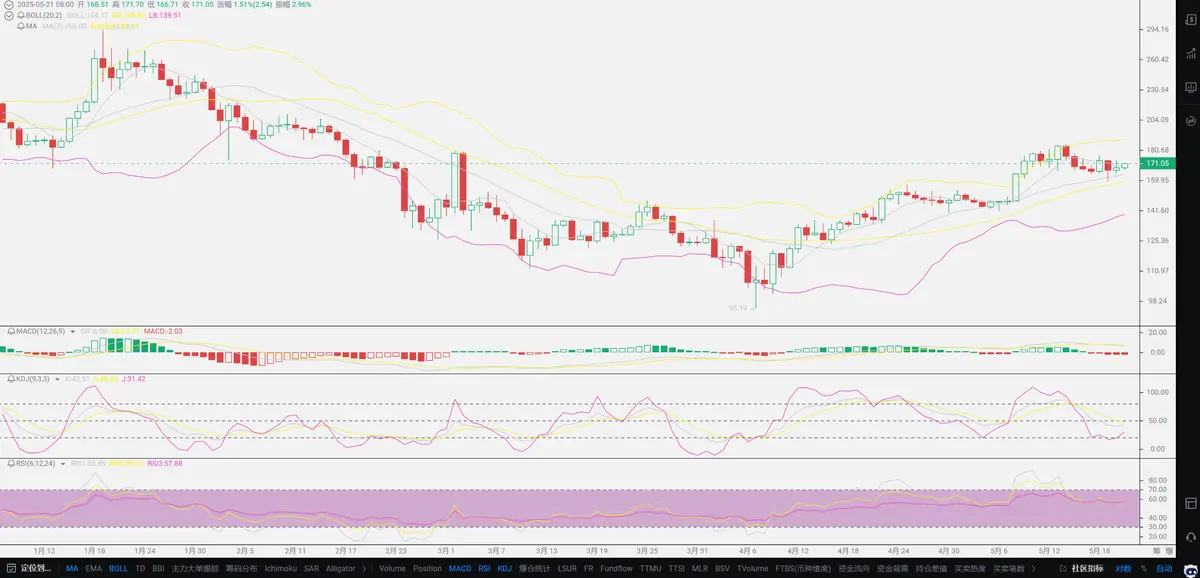
- The "double-edged sword effect" of traditional finance: Liquidity injection and pricing power struggle (Data impact: Institutional capital share exceeds 40%) The BlackRock ETF raised $2.4 billion in its first week, pushing Bitcoin above $45,000. However, a deeper crisis is emerging: traditional financial institutions may be rewriting the rules of the Bitcoin game. Liquidity premium: ETFs lower investment thresholds, attracting conservative funds like pension funds. Pricing power shift: CME Bitcoin futures open interest reaches $12 billion, Wall Street begins to dominate price discovery. Regulatory arbitrage risk: The U.S. SEC requires custodians to use traditional banks, weakening decentralization. "When Bitcoin becomes an item on institutional balance sheets, has its anti-fragility been compromised?"—this question will run throughout 2025. Interested users can compare the market trends before and after the capital intervention; the differences can be said to be worlds apart. Once capital enters the market, the core decentralized meaning of Bitcoin has already changed. As of today, capital occupies about 70% of the market, leaving retail investors insufficient against capital's encroachment, and pricing power has long been seized by capital. Once capital undergoes a conceptual shift, it may bring more disasters to the crypto space! After a prosperous era, the crypto space may face a downturn. Lao Cui's viewpoint has already been clearly expressed in the previous paragraph: the development of world currency cannot be capital-driven. Currently, the cost of issuing a new coin is not high; even if it gains global consensus, its essence still boils down to the competition of computing power, algorithms, and electricity. The significance of the crypto market is collapsing. Future development can only lean towards traditional meanings. Lao Cui's perspective may only capture the current growth and the arrival of the next bear market; afterward, Lao Cui will also consider whether to exit the crypto market! This cycle is not far off; the end of Trump's term will prove Lao Cui's viewpoint with time!
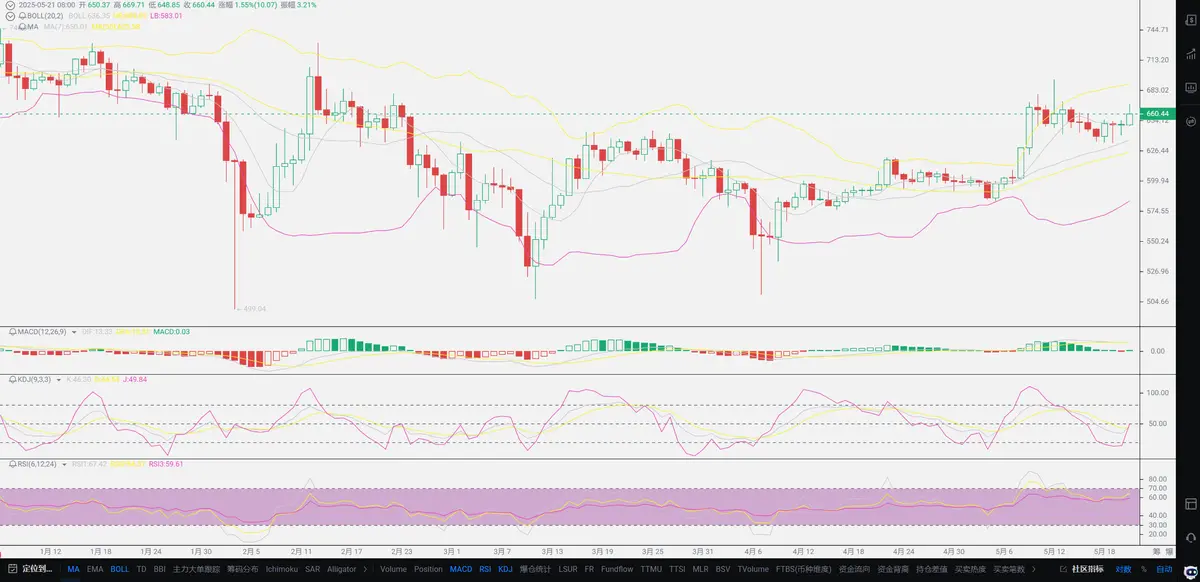
- 2025 trend projection: Three key variable games (Counterintuitive prediction: Possible drop to $90,000 before hitting $120,000) Based on on-chain data, macro cycles, and regulatory dynamics, Bitcoin's later development trend may present three stages: First half correction period: ETF capital inflow slows + interest rate cut expectations delayed, testing the $70,000-$90,000 support level along with the halving market game: Historical data shows an average increase of 235% six months after halving, but this time it has already been overdrawn. The decisive result at the end of 2024 has emerged, and the potential for capital to hit a new high of $110,000 at the end of last year has been exhausted: In the second half, if the Federal Reserve starts cutting interest rates + geopolitical conflicts escalate, it may trigger a new high of $150,000-$180,000, but beware of Trump's artificial black swan: The U.S. Treasury may include cryptocurrencies under the Bank Secrecy Act, triggering a short-term liquidity crisis. This also includes the competition for USDT; this series of signs indicates that Trump's ambition is enormous, but it depends on his ability. Both of these points could cause a trend crisis in the second half. Even if nothing happens in the second half, certain measures will definitely emerge during Trump's term. Everyone must be vigilant; the confrontation between politics and finance is not something retail investors or even institutions can control. Once such an event occurs, timely withdrawal is the best choice.
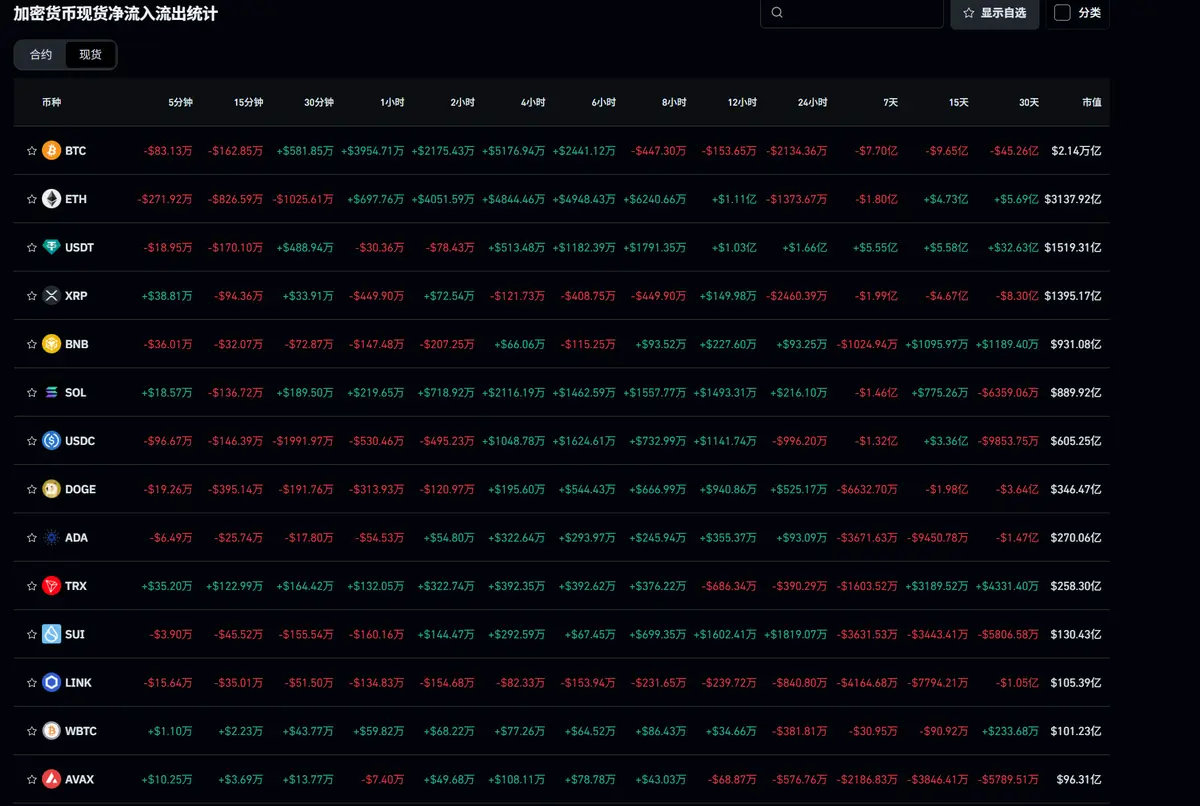
Finally, one last question, which I also discussed with everyone at the beginning of the year: "Among the top 10 Bitcoin holding addresses, traditional institutions occupy 4 seats" (BitInfoCharts data). "Since last year's halving, miners' daily income has decreased by $300 million, possibly triggering a hash war." "The correlation between Bitcoin and the Nasdaq 100 has reached 0.8, the myth of independence is collapsing" --- Extended thinking: When code meets capital, who is the ultimate winner? Bitcoin is undergoing a qualitative change from "crypto-punk experiment" to "institutional asset." This transformation brings both liquidity dividends and systemic risks. The intervention of capital can be said to start from the root; whether it is the improvement of Nvidia graphics card computing power or the confrontation between traditional miners and capital, data has clearly indicated that ordinary people are getting further away from the crypto space. The emergence of this signal fundamentally crushes Bitcoin's core value, and currently, capital has an absolute advantage. The concept of the crypto space also needs innovation. Fortunately, there have been innovations in coins over the past two years. Although capital has brought risks, it has also propelled the progress of the crypto space.

Lao Cui's summary: Perhaps it lies in the changes in traditional financial holdings and the game of on-chain whales. When Wall Street's quantitative models begin to analyze the hash values of blockchain (the total network computing power), this decade-long value experiment is entering its craziest chapter. Opening up the pattern to look to the future, the crypto space is likely to end in tragedy, but for us ordinary people, an opportunity to change our fate has just begun. There is little we can do to change the crypto space, but the opportunity to place ourselves in the crypto windfall has arrived. With Bitcoin under Trump's care, whether we can profit is key. At least at this stage, the crypto space is in a prosperous phase, and there are not many opportunities for everyone to grasp. Lao Cui has witnessed many users' means of crossing classes, and perhaps only the crypto space can be a shortcut. For the remaining time this year, let us all show our skills and look back at this year's gains at the end of the year. At the end of the article, I remind everyone that this year's gains may determine your life's lower limit. The arrival of a real big market is already at the zero boundary; everyone should be prepared to enter the market at any time. If you are unsure about timing, you can consult Lao Cui; whether to adopt it depends on your own understanding!

Original article created by WeChat public account: Lao Cui Talks About Coins. For assistance, please contact directly.
Lao Cui's message: Investing is like playing chess; a master can see five, seven, or even ten moves ahead, while a novice can only see two or three moves. The master considers the overall situation, strategizes the big trend, does not focus on one piece or one territory, and aims to win the game, while the novice fights for every inch, frequently switching between long and short, only competing for short-term gains, resulting in frequent troubles.
This material is for learning reference only and does not constitute trading advice. Trading based on this is at your own risk!
免责声明:本文章仅代表作者个人观点,不代表本平台的立场和观点。本文章仅供信息分享,不构成对任何人的任何投资建议。用户与作者之间的任何争议,与本平台无关。如网页中刊载的文章或图片涉及侵权,请提供相关的权利证明和身份证明发送邮件到support@aicoin.com,本平台相关工作人员将会进行核查。




